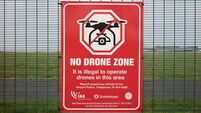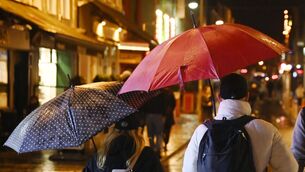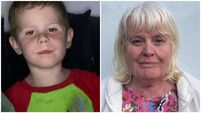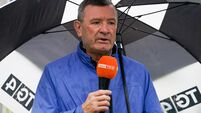Top marks for PE but old computers score badly
The children at eight primary schools who spoke to ESRI researchers for a study on school design demonstrated how older buildings made learning more difficult. In three older schools, for example, pupils commented on variations in temperature during the school year and even within individual weeks.
“Even on a warm day in March the room gets really stuffy... kinda hard to concentrate if it is really stuffy,” said a child at one older school.













